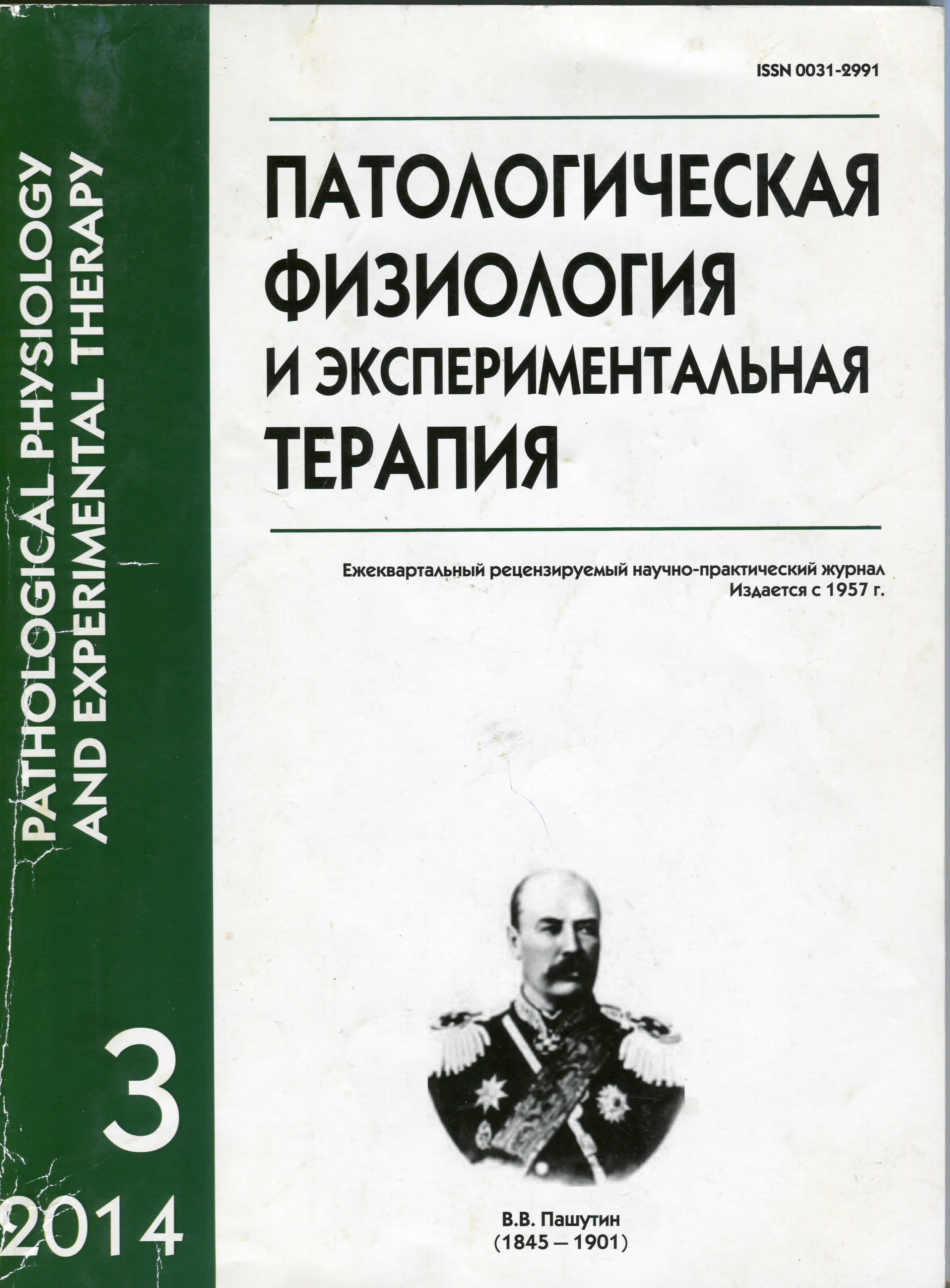Влияние ионов кальция и фосфата на скорость адсорбции щелочной фосфатазы и некоторых белков из сыворотки крови на гидроксиапатите
Ключевые слова:
щелочная фосфатаза, гидроксиапатит, адсорбция, минерализация, коллоиды
Аннотация
Избирательная адсорбция щелочной фосфатазы (ЩФ) на гидроксиапатите (ГАП) ускоряется ионами фосфата и тормозится ионами кальция. Поскольку биологическая функция ЩФ состоит в синтезе фосфат ионов из органических фосфатов, активность фермента способствует его адсорбции в минерализованных тканях на ГАП, что можно связать с особенностями действия адсорбированного фермента по сравнению с растворенным. По-видимому, избирательная сорбция сигнальных молекул и ферментов в межклеточном матриксе создает необходимое для дифференцировки и функционирования клеток тканей микроокружение. Состав сорбата определяет тип дифференцировки клеток, который, в свою очередь, определяет свойства синтезируемого ими матрикса. Этим замыкается петля обратной связи, поддерживающей гомеостаз тканей. Полученные результаты могут быть использованы при разработке биомиметических материалов для медицины, а также при создании многослойных покрытий с заданными свойствами путем регулируемого по скорости избирательного осаждения коллоидных частиц (наночастиц). В случае анизотропных частиц возможно получение слоев не только частиц одного типа, но и с заданной их ориентацией в каждом слое путем создания частиц с локализованными участками связывания с сорбентом.Скачивания
Данные скачивания пока недоступны.
Опубликован
12-09-2014
Как цитировать
Житков М. Ю., Орлов А. А. Влияние ионов кальция и фосфата на скорость адсорбции щелочной фосфатазы и некоторых белков из сыворотки крови на гидроксиапатите // Патологическая физиология и экспериментальная терапия. 2014. Т. 58. № 3. С. 63–66.
Выпуск
Раздел
Оригинальные исследования













